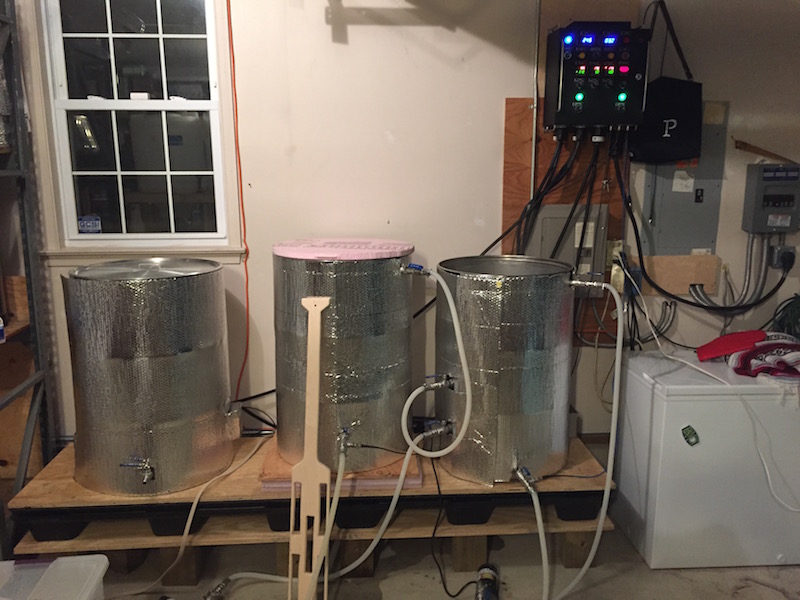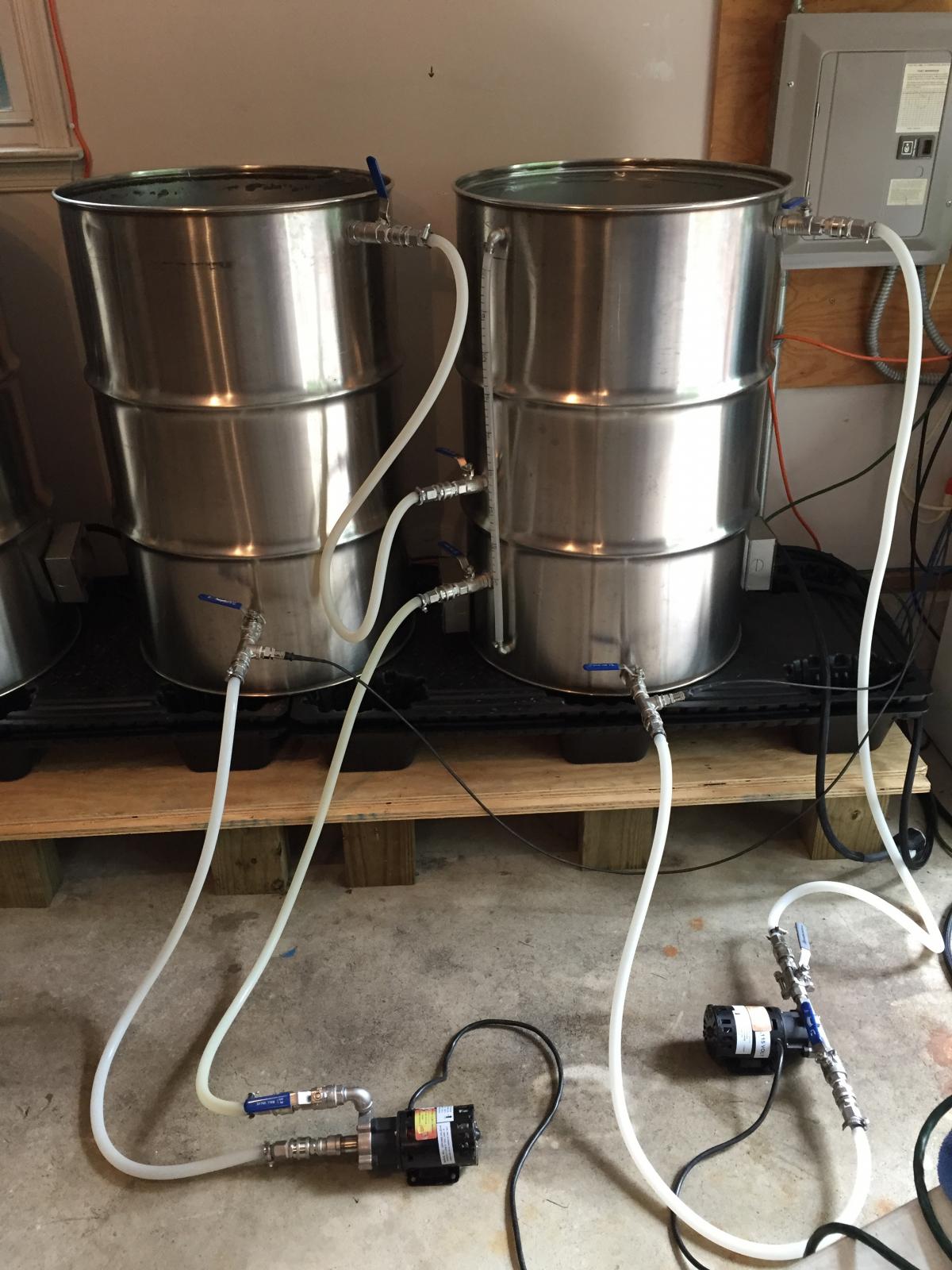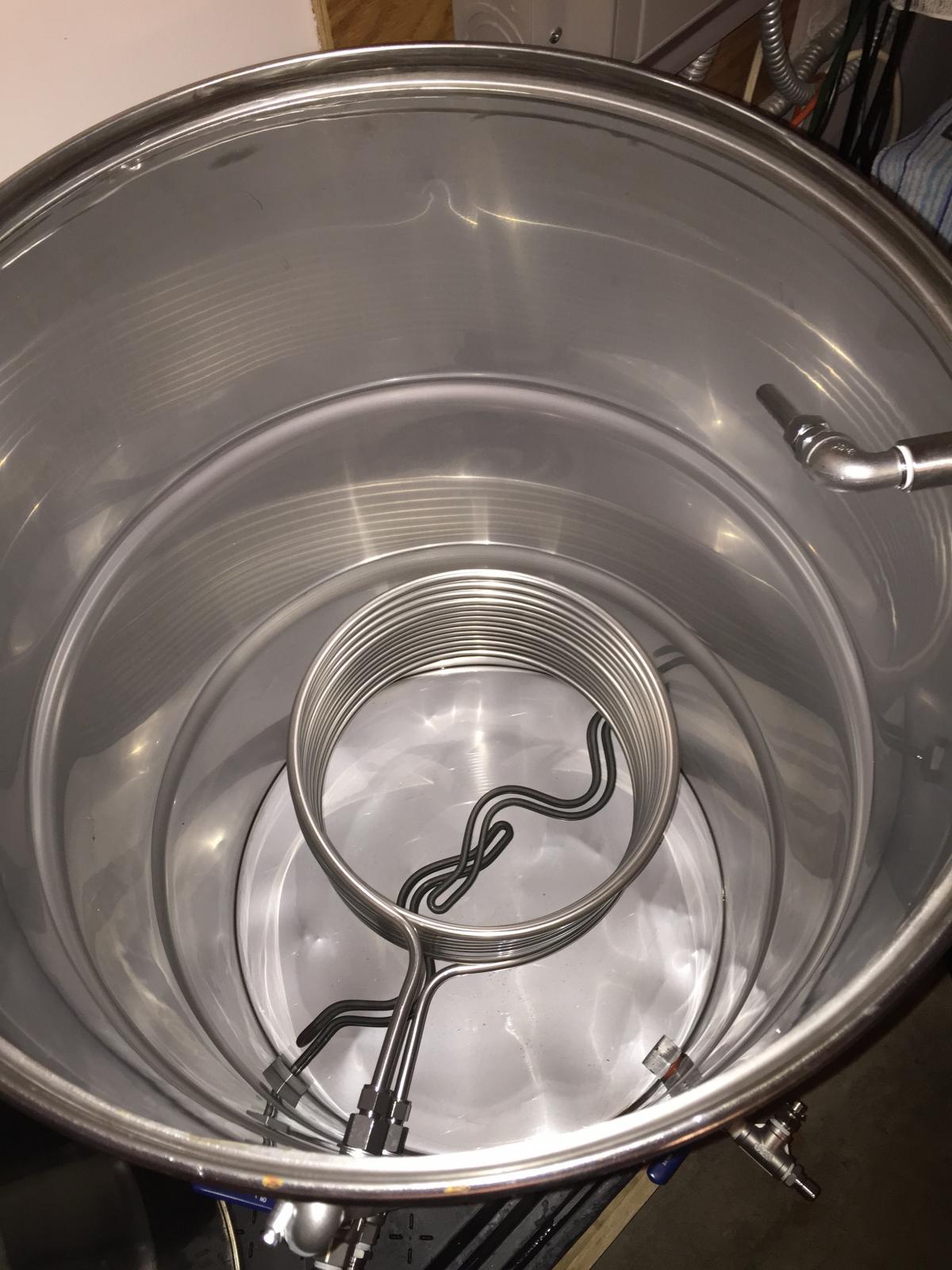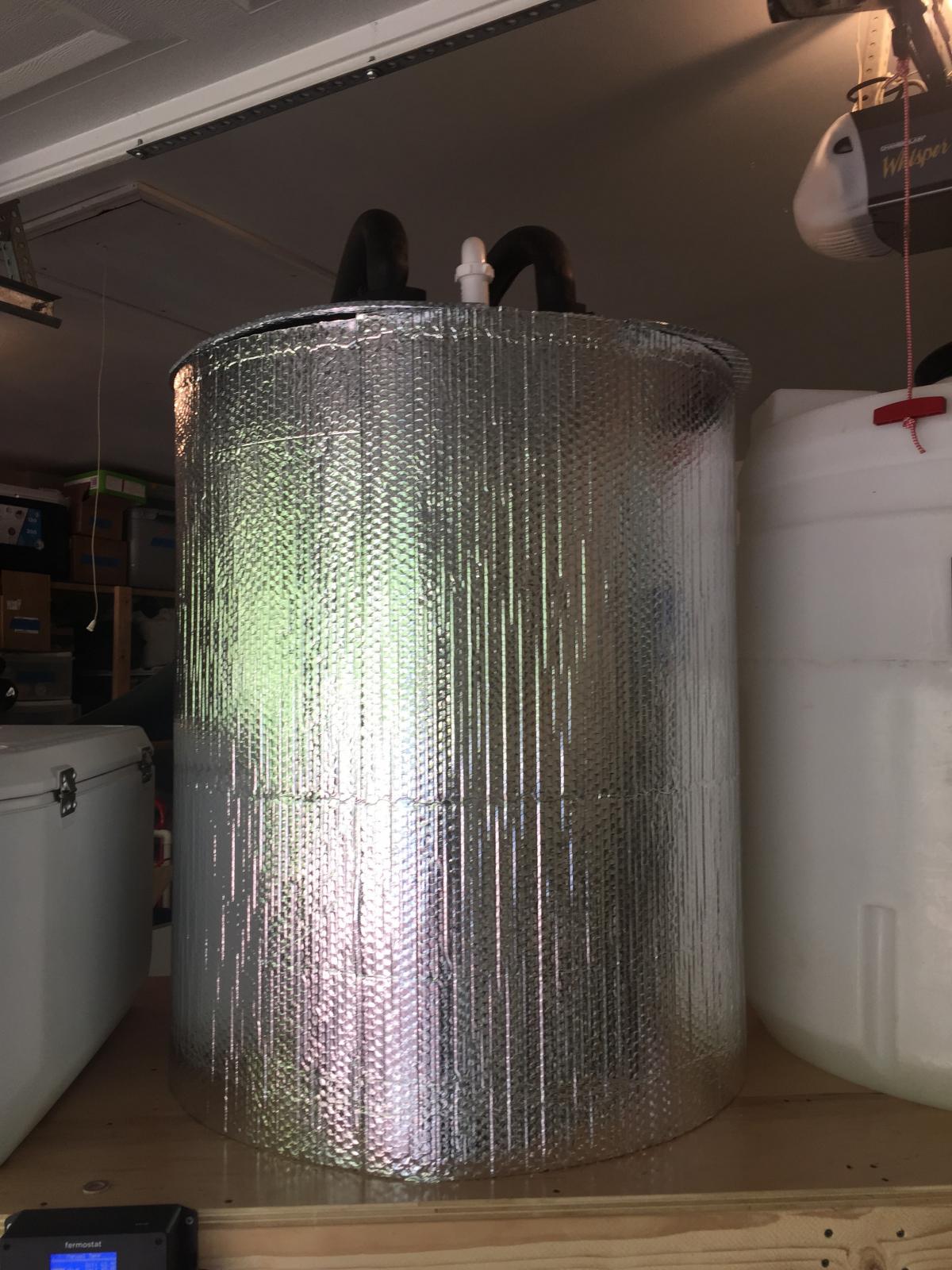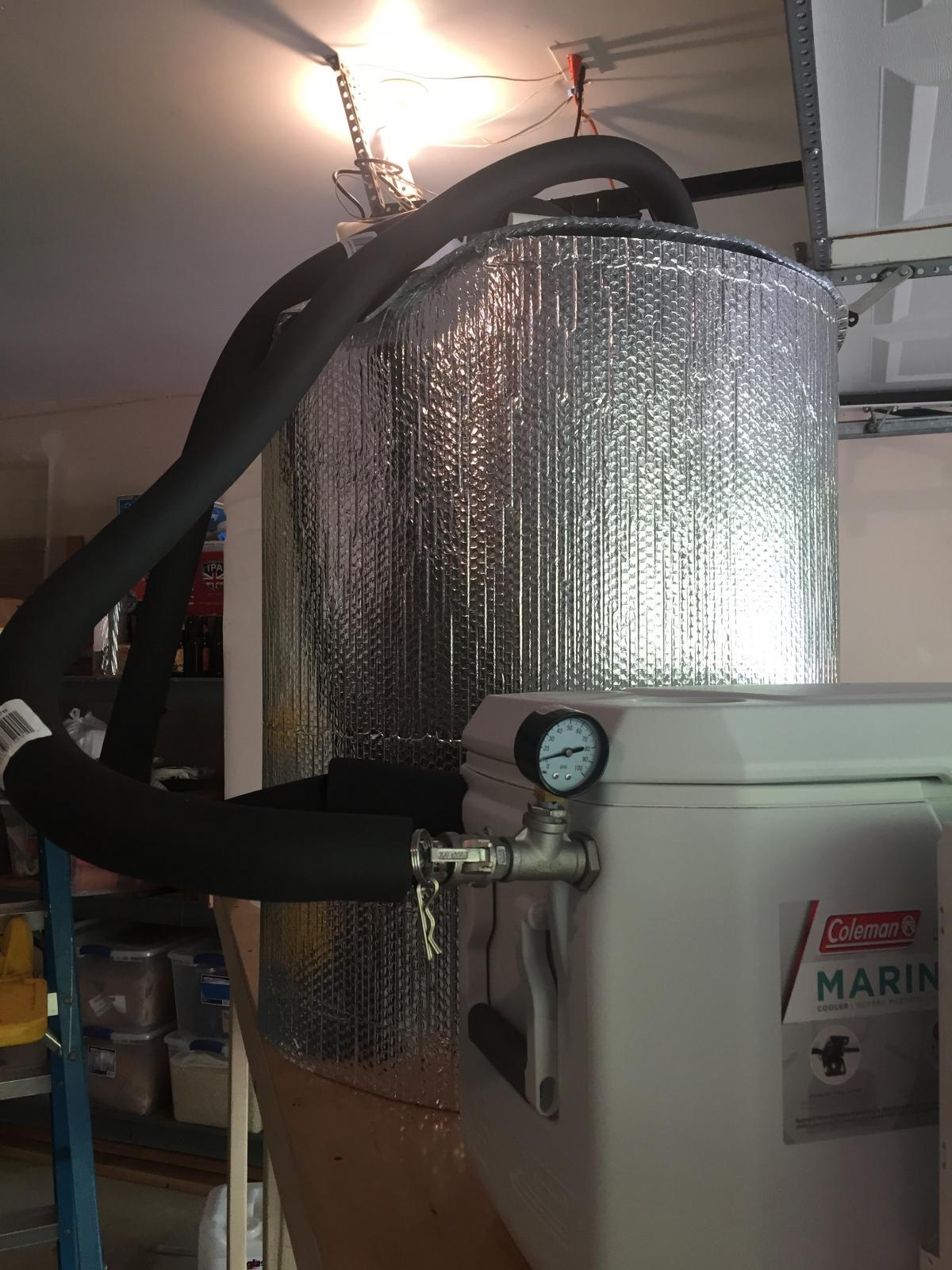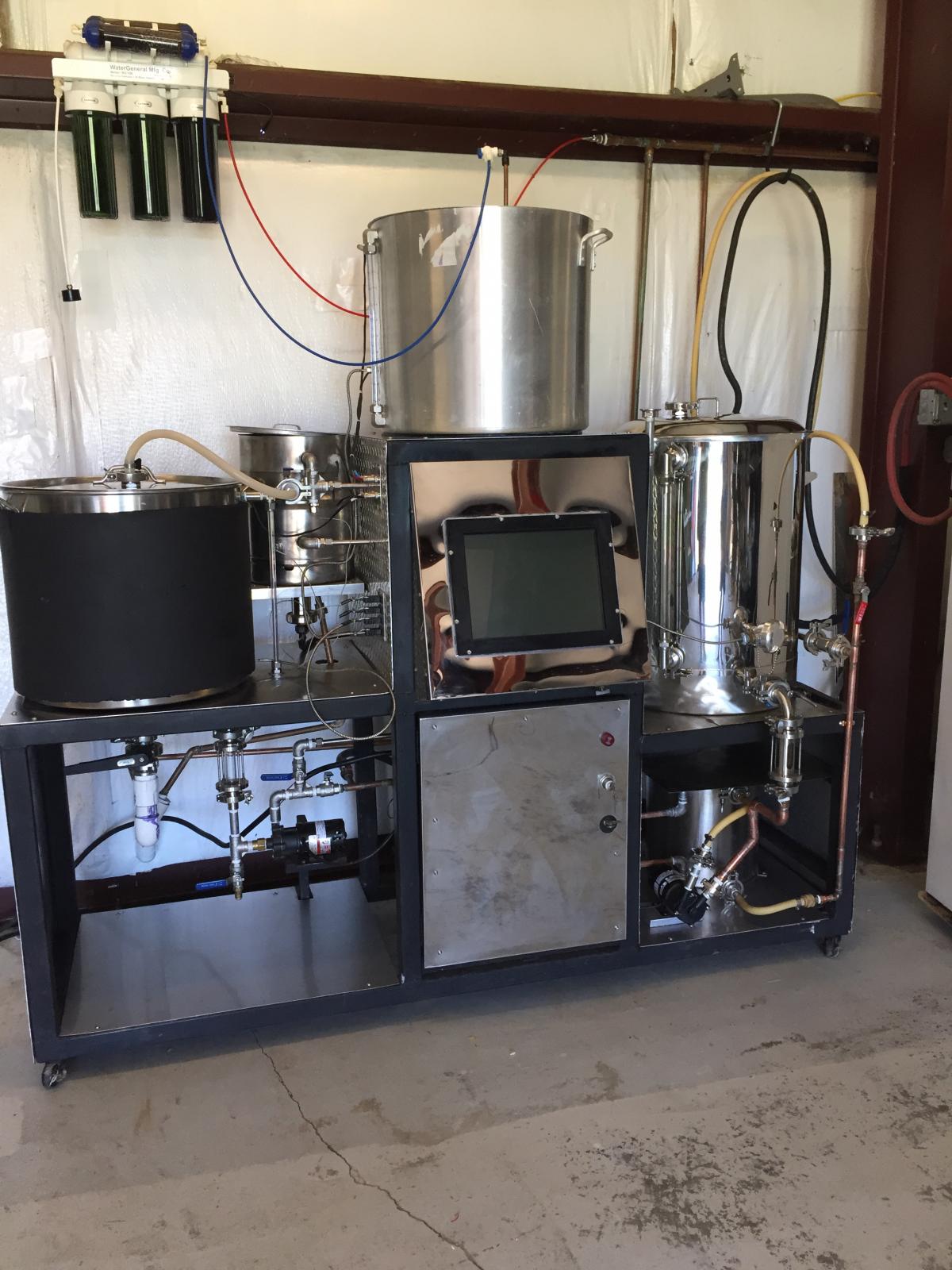priceman75
Member
- Joined
- Aug 25, 2014
- Messages
- 16
- Reaction score
- 1
I'm having problems with my 55 gallon SS brew system. Boil kettle, mash tun and HLT with HERMS coil. We can match temperatures in the HLT and MT pre-mash, usually around 165 degrees. We then mash in, stir and watch our temperatures. This is now the 4th batch for us and every time we see a temperature difference between wort exiting the MT and wort returning from the HERMS coil. For example, wort exiting is 152 degrees. Wort returning is 158, usually 3 degrees lower than the HLT. This has been consistent each time we have brewed. We have never had our temperatures on the control panel for the MT and HLT the same. There is always a difference. We have tried to stir the mash throughout the hour long mash. We have tried to increase the temperature of the HLT.
There always seems to be a difference in the temperature in the MT.
Im not sure what temperature reading I should be most concerned with. Wort exiting, wort returning or surface wort temperature with a manual probe? We have a false bottom in our mash tun which holds approximately 7-10 gallons of wort. Im not sure if that wort at the bottom is cooled down prior to exiting the MT. Is that why we are getting a lower temperature?
Should I be more concerned with the temperature returning from the HERMs? If my mash temp is supposed to be 155 and the HERMS return is reading 155, is that what I should be focusing on? Maybe switch the location of the temperature probe in the MT to the valve at the top, HERMS return?
I just dont feel I am acheiving an accurate mash temperature. It seems to be a temperature gradient change in the MT from top to bottom. Any thoughts? I truly appreciate your insight.
We use a 1/20th HP Chugger pumps.
There always seems to be a difference in the temperature in the MT.
Im not sure what temperature reading I should be most concerned with. Wort exiting, wort returning or surface wort temperature with a manual probe? We have a false bottom in our mash tun which holds approximately 7-10 gallons of wort. Im not sure if that wort at the bottom is cooled down prior to exiting the MT. Is that why we are getting a lower temperature?
Should I be more concerned with the temperature returning from the HERMs? If my mash temp is supposed to be 155 and the HERMS return is reading 155, is that what I should be focusing on? Maybe switch the location of the temperature probe in the MT to the valve at the top, HERMS return?
I just dont feel I am acheiving an accurate mash temperature. It seems to be a temperature gradient change in the MT from top to bottom. Any thoughts? I truly appreciate your insight.
We use a 1/20th HP Chugger pumps.


